 Sometimes there isn't anything that can be done to fix a work in progress. Many surface designers have experienced the frustration of burning a hole in fabric with bleach. Or the regrettable last printed image that isn't working, but you don't see it until after the paint has dried. Maybe you've tried a creative save under those circumstances, but you never feel really great about it. At least I don't. I would rather turn back the hands of time...
Sometimes there isn't anything that can be done to fix a work in progress. Many surface designers have experienced the frustration of burning a hole in fabric with bleach. Or the regrettable last printed image that isn't working, but you don't see it until after the paint has dried. Maybe you've tried a creative save under those circumstances, but you never feel really great about it. At least I don't. I would rather turn back the hands of time...This picture suffers, unfortunately, from design problems that can't be fixed. Ok, maybe in Photoshop, but that's not an option for me.
Here's why:
The partial body on the right leads the viewer's eyes out of the picture. And a partial human being disrupts the visual comfort zone. Part of anything has to be a deliberate choice; the human eye yearns to complete the form! But it is impossible to crop out the mother without losing part of the daughter, too. And that just won't do.
The little girl's head gets lost against the background of trees beyond the wall, and that's a problem too. If only I'd caught her a few steps away from her mother, and one step down! A little girl joyfully hopping down the steps - the focal point of the composition without the distraction of the trees, the sky, and the mother. Eliminating the distractions and keeping her close to the middle of the picture would be a great statement on centering and bliss. The picture had potential, but the opportunity was lost. There's something to be said for recognizing that and moving on.
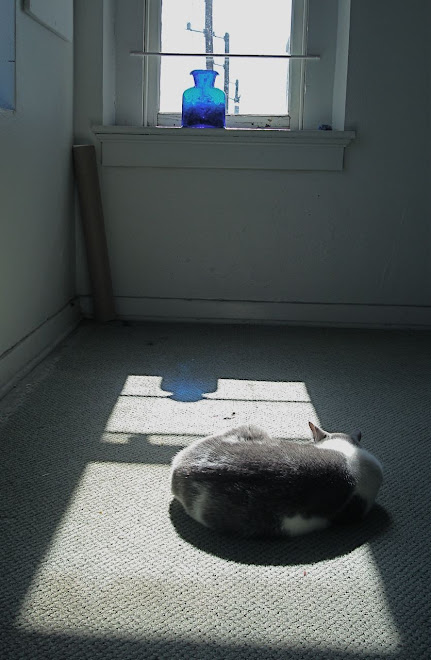
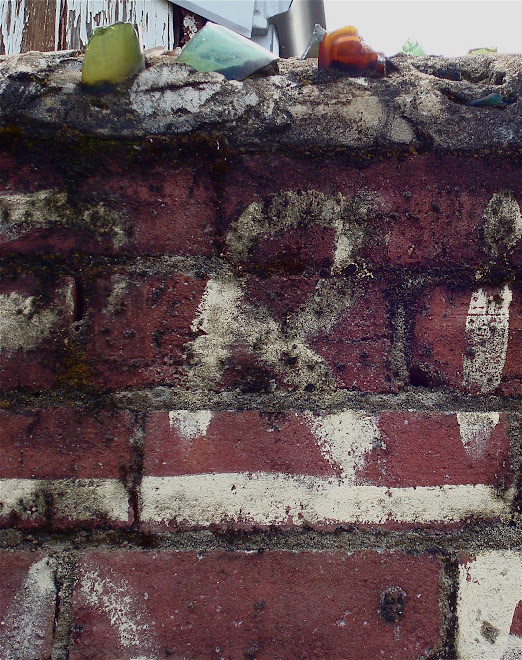
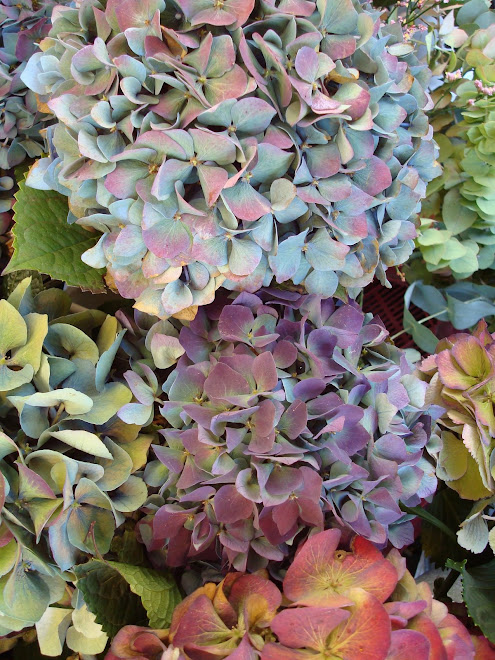
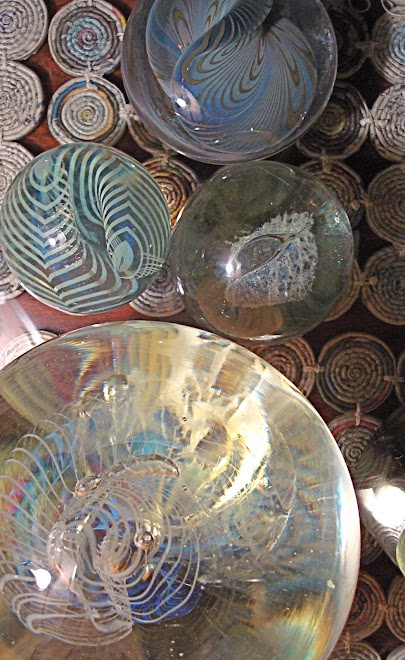
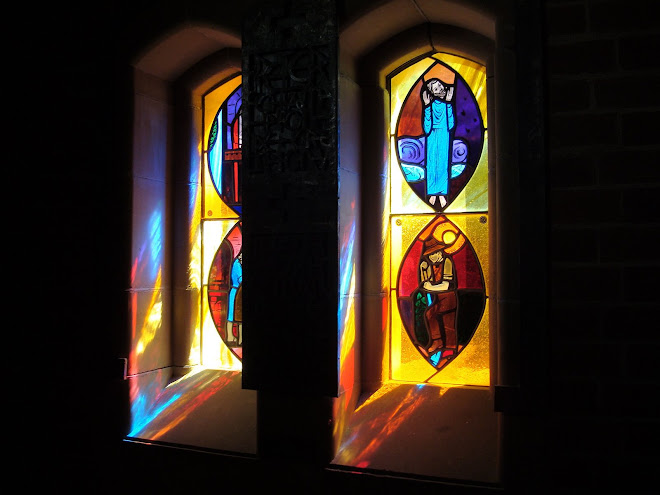







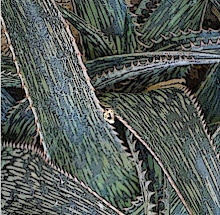
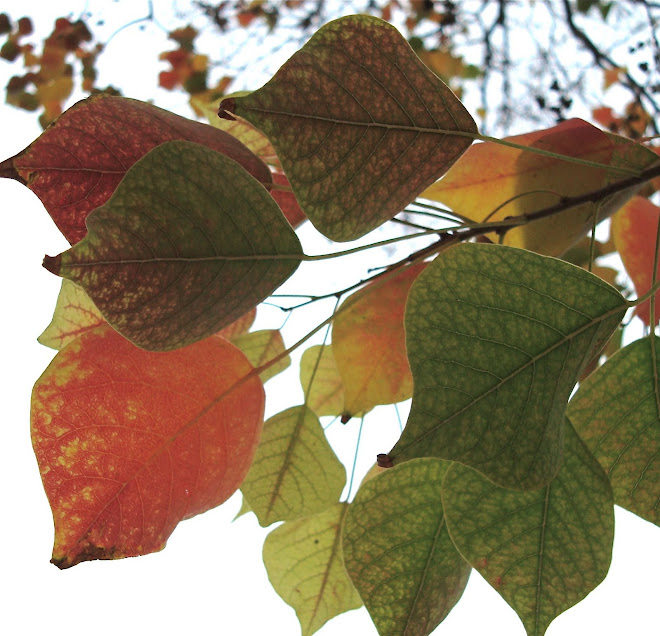
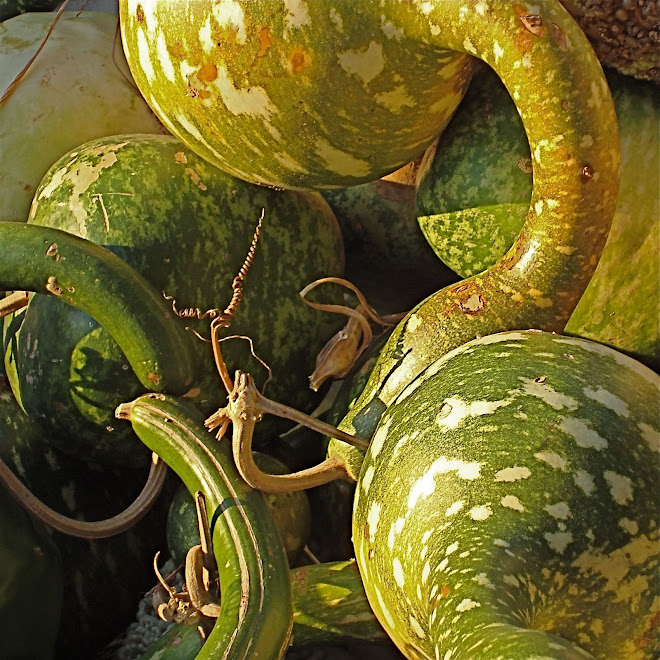
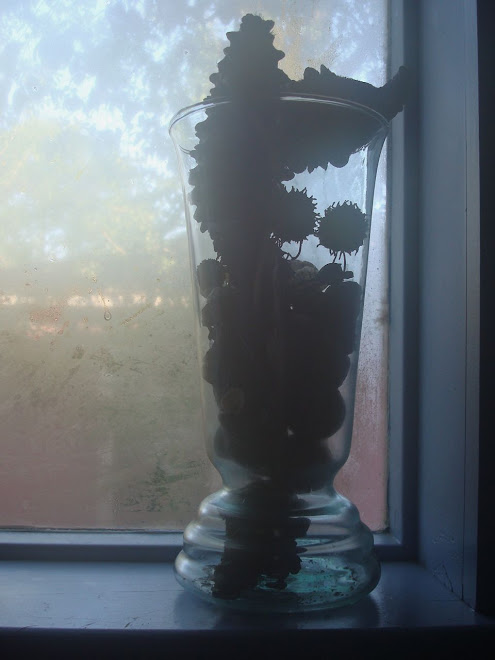
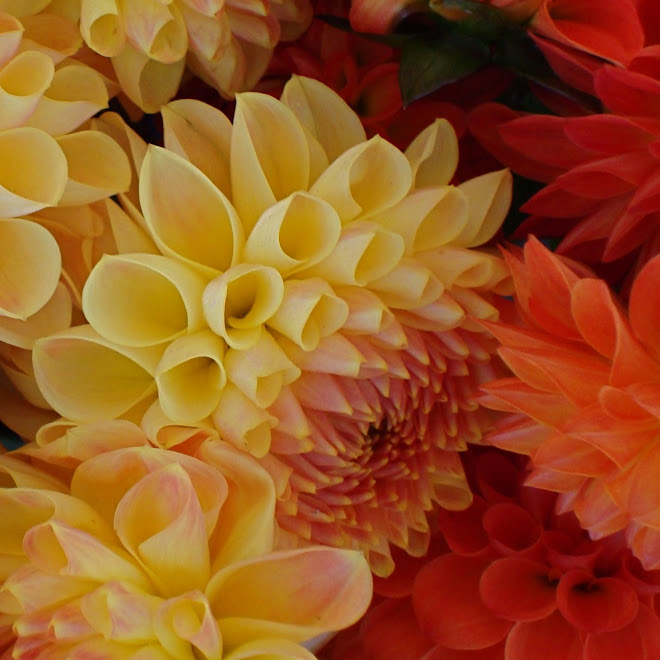
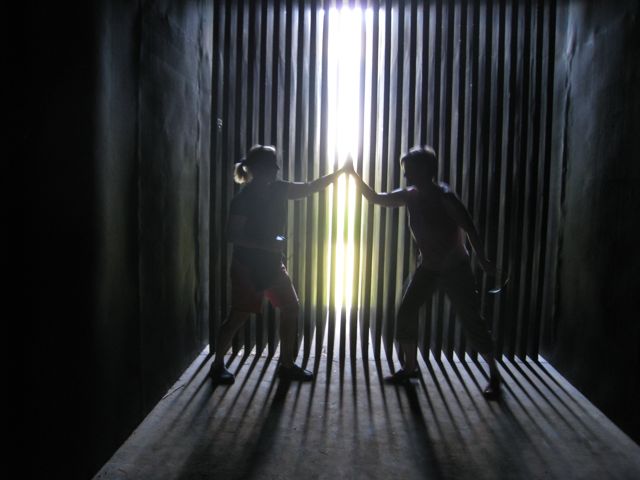
3 comments:
I agree with the problems of the photo, but it's till fun to hold the picture in my head of her forever in the air! The idea is so delightfully light-hearted, who knows where it might pop up into your work--or mine! Thanks for the smile and the explanation of why it doesn't work well, I always appreciate those. Hope your day is sunny and pleasant.
Into the "NEARLY" pigeon hole.....
:-[[[[]]
I agree with your comment about the little girl's head being somewhat lost in the trees, however, I love the photo and the asymmetry of it. It's life in motion.
Post a Comment